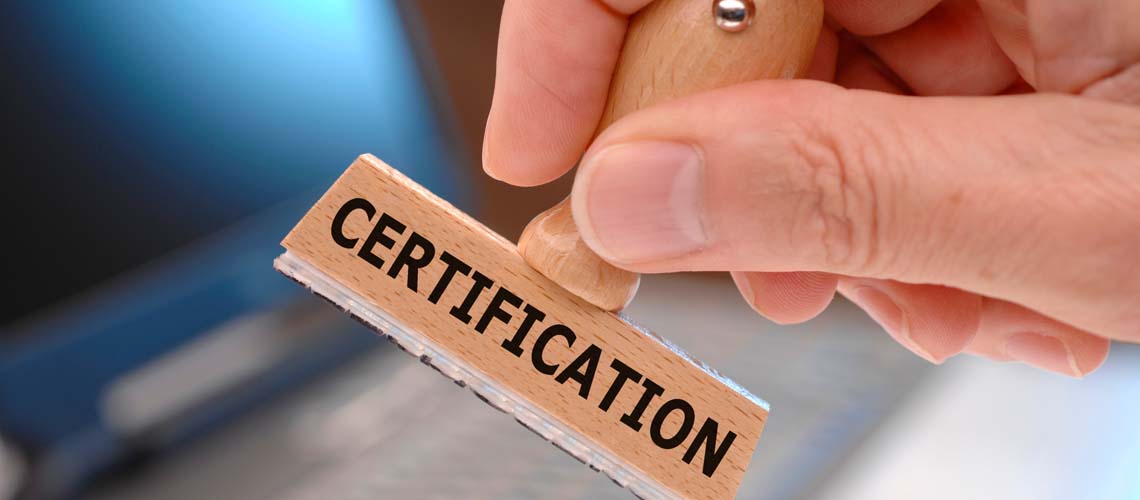Validation Testing for Laboratory Information Management Systems (LIMS)
In the clinical and healthcare testing sector, accurate data management is critical to ensuring patient safety, regulatory compliance, and efficient laboratory operations. A Laboratory Information Management System (LIMS) serves as a centralized database that streamlines sample tracking, result recording, and report generation. Validation Testing for LIMS ensures these systems meet stringent quality standards and are reliable in their operation.
Validation involves demonstrating that the system operates within defined parameters and meets specified requirements throughout its lifecycle—from installation to retirement. This process is crucial because any discrepancies or errors in data management could lead to incorrect diagnoses, treatment delays, or even patient harm. By conducting comprehensive validation testing, we can identify potential issues before they impact clinical outcomes.
The primary goal of this service is to ensure that LIMS functions correctly and consistently across multiple environments while adhering to industry best practices and regulatory guidelines. Our team specializes in performing these tests according to international standards such as ISO 15189, which sets quality management requirements for medical laboratories.
Our validation testing process typically includes several key steps:
- Requirements Gathering: Understanding the specific needs and expectations of each client to tailor our approach accordingly.
- System Configuration Review: Ensuring all components are properly set up according to manufacturer specifications.
- Data Integrity Checks: Verifying that data entered into the LIMS is accurately stored and retrievable without loss or corruption.
- User Interface Evaluation: Assessing ease of use for various user roles including administrators, technicians, and clinicians.
- Integration Testing: Ensuring seamless interaction between the LIMS and other relevant laboratory equipment and software applications.
The importance of this service cannot be overstated. Inaccuracies in data management can have far-reaching consequences for both healthcare providers and patients alike. For instance, incorrect test results could result in inappropriate treatment decisions or unnecessary further testing procedures. Additionally, non-compliance with regulatory requirements may subject organizations to severe penalties and reputational damage.
By partnering with us, you gain access to experienced professionals who possess deep knowledge of LIMS validation processes. We leverage our expertise not only in laboratory practices but also in understanding how these systems integrate into broader healthcare workflows. Our comprehensive approach ensures that your LIMS implementation aligns perfectly with both internal goals and external expectations.
Why It Matters
The accuracy, reliability, and efficiency of laboratory information management are paramount in the clinical and healthcare testing sector. Patients' lives depend on timely, accurate diagnoses based on reliable data captured by LIMS systems. Any malfunction or mismanagement within these systems could lead to critical errors that negatively impact patient care.
Regulatory bodies worldwide enforce strict guidelines regarding laboratory operations and information management to maintain high standards of quality and safety. Compliance with these regulations is essential for maintaining accreditation status, which allows laboratories to operate legally and confidently. Failure to comply can result in sanctions, fines, or even closure of the facility.
From a technical standpoint, LIMS validation ensures that all aspects of the system function as intended under various conditions. This includes ensuring data integrity during transfer between different platforms, maintaining audit trails for regulatory purposes, and facilitating seamless integration with other medical devices and systems within healthcare networks.
The benefits extend beyond mere compliance; they encompass improved operational efficiency, enhanced accuracy in diagnostic processes, reduced costs through optimized resource usage, and better overall patient outcomes. Through rigorous validation testing, we help ensure that LIMS operates flawlessly, contributing to a safer, more efficient healthcare environment.
Applied Standards
The clinical and healthcare sector relies heavily on adherence to specific standards when implementing laboratory information management systems (LIMS). These standards provide the framework necessary for ensuring that LIMS meet the highest levels of quality assurance. One such standard is ISO/IEC 17025, which sets out requirements for competence in testing and calibration laboratories.
Another important standard is ISO 9001:2015, which outlines practices for quality management systems used by organizations to ensure continuous improvement of their processes. For LIMS specifically, the International Organization for Standardization (ISO) has developed additional standards such as ISO/IEC 27036 and ISO/IEC 27040 that address information security within IT environments.
Additionally, healthcare-specific guidelines like those provided by the Joint Commission International (JCI) further emphasize the importance of robust LIMS implementations. These standards focus on patient safety, effective communication across departments, and efficient workflow optimization. Compliance with these international norms not only protects against potential legal issues but also enhances credibility among stakeholders.
It's worth noting that local regulatory authorities may have their own specific requirements for healthcare laboratories operating within particular jurisdictions. Therefore, it is crucial to consider regional regulations alongside global standards when validating LIMS systems.
Quality and Reliability Assurance
- Data Accuracy: Ensuring that all data entered into the LIMS is accurate, complete, and consistent. This includes verifying that automated processes for data capture are functioning correctly.
- User Interface Usability: Evaluating whether the interface design facilitates ease-of-use for different user types without compromising functionality or security.
- Interoperability: Checking how well the LIMS integrates with other systems such as Electronic Health Records (EHRs), Picture Archiving and Communication Systems (PACS), and other lab equipment. Compatibility issues can hinder effective communication between departments, leading to delays in care delivery.
- Security Measures: Assessing the robustness of firewalls, encryption protocols, access controls, and backup systems put in place to protect sensitive patient information from unauthorized access or breaches.
In addition to these technical aspects, there are also non-technical considerations that play a vital role in maintaining quality and reliability. These include training programs for personnel responsible for using the LIMS, regular updates to keep the system current with technological advancements, and continuous monitoring of performance metrics.





